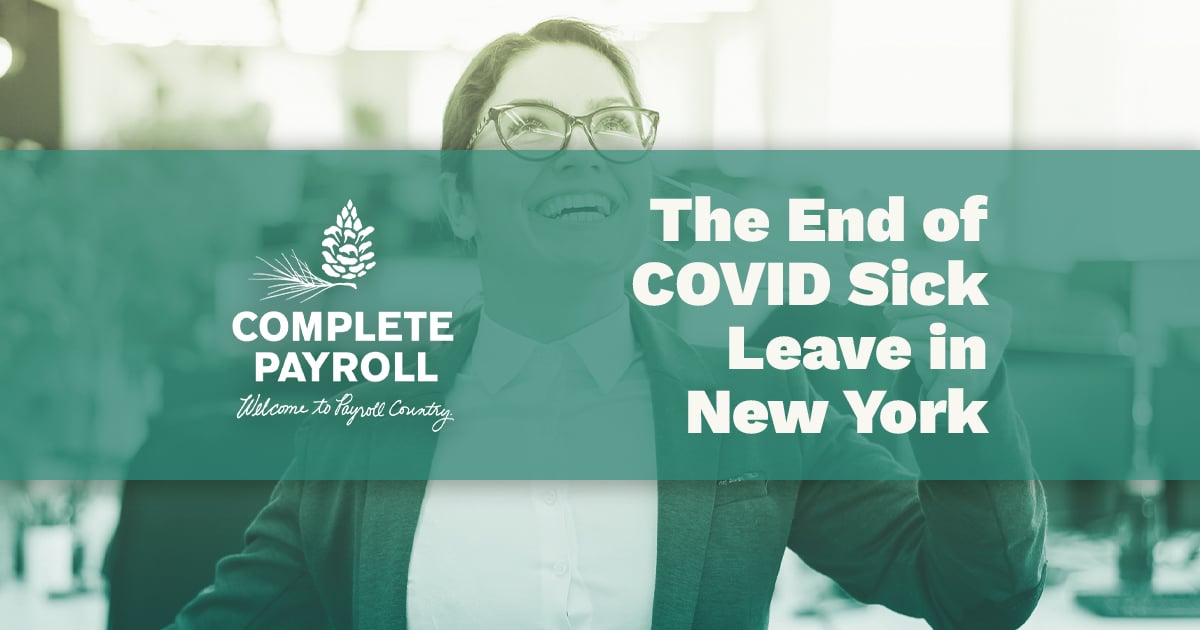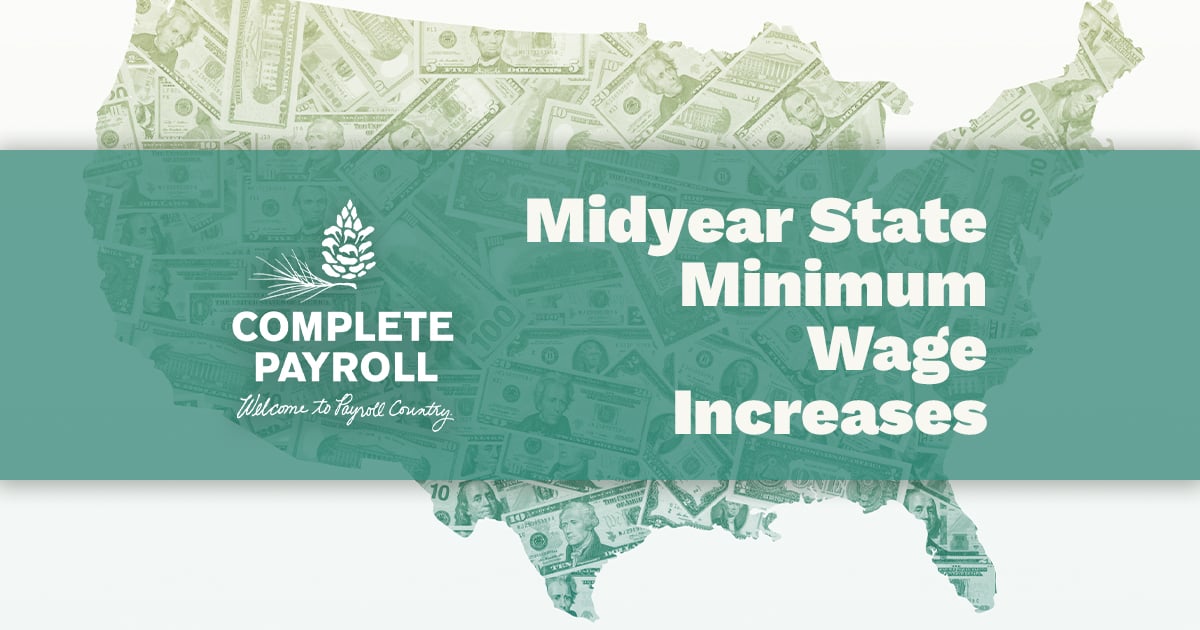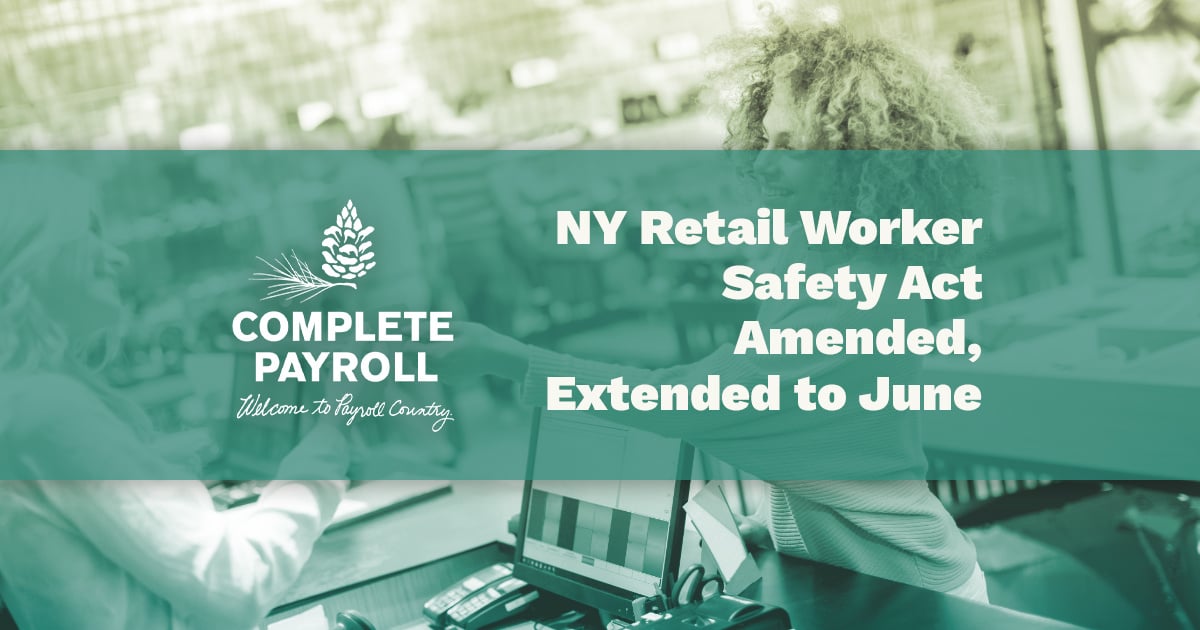
Starting on September 30, 2020, employers can begin calculating accruals toward the new Paid Sick Leave law in New York State. However, some employers are confusing this new law with the existing New York State Paid Family Leave Act that was passed in 2017.
Here are some of the main differences between the two:
Whom Does it Cover?
| NYS Paid Family Leave | NYS Paid Sick Leave |
|
NYS Paid Family Leave does not cover the employee themselves, but rather it covers those people whom the employee cares for. NYS Paid Family Leave is intended to provide an opportunity for employees to care for a newborn child or an eligible family member with a serious illness. |
The NYS Paid Sick Leave law covers the employee themself, as well as those family members whom the employee cares for, including a quarantine ordered due to COVID-19. For a full rundown of those circumstances in which NYPSL can be used, visit the law's official page on the NYS website. |
How is it earned?
| NYS Paid Family Leave | NYS Paid Sick Leave |
|
NYS Paid Family Leave is an insurance that an employer must obtain.The cost of the insurance can be funded by the employee or the employer. If funded by the employee, they will see deductions from their regular paychecks each pay period. These deductions begin the day the employee is hired, but an employee may not take advantage of Paid Family Leave until they meet the criteria laid out in the next section. If funded by the employer, employees will see no change to their paychecks, but still must meet the criteria laid out in the next section. |
Accrual Method: Paid or unpaid sick time is accrued by the employee over time. Employees earn 1 hour of paid/unpaid sick leave for every 30 hours they work. Front-Load Method: Employers may also decide to make all of an employee's sick leave time for the year available all at once, beginning January 1, 2021. The total amount of sick leave usable during the 12-month period varies based on a few criteria:
|
When and How Can Employees Use It?
| NYS Paid Family Leave | NYS Paid Sick Leave |
|
Eligible employees can currently take up to 10 weeks* of PFL per 12-month period, once they have been employed for:
The employee must apply to use their Paid Family Leave, and the 12-month period begins once they have been approved for it.
* Effective January 1, 2021, the amount of PFL eligible employees can take will increase to 12 weeks.
|
Employees can begin using sick leave immediately after they have accrued their first hour. So, if the employer's policy is to use the accrual method, an employee could use their first hour of sick leave once they have worked 30 hours. If their employer has opted to use the front-loading method, the employee could feasibly use all of their sick leave for the year in one lump sum. No application is necessary to use sick time. |
Can Unused Time Be Rolled Over?
| NYS Paid Family Leave | NYS Paid Sick Leave |
|
Unfortunately not. Paid Family Leave is very much a "use it or lose it" situation. Any unused paid family leave time left over after the 12-month period is lost. |
Yes. An employee can rollover up to the total amount of unused paid or unpaid sick leave per 12-month period. However, the employer may limit usage to the 40/56 hrs per year, as defined in the above "How is it Earned?" section. |
Who Pays Out These Benefits?
| NYS Paid Family Leave | NYS Paid Sick Leave |
|
NYS Paid Family Leave is handled through an insurance carrier, and that carrier is responsible for paying out any PFL claims. Employees who take advantage of PFL will receive a separate paycheck from the insurance carrier. |
NYS Paid Sick Leave is managed and paid for by the employer themselves. Employers are responsible for accurately keeping track of employee sick leave accruals (paid or unpaid).
|
It is important to note that there is still much about this new law we don't know, because guidance has not yet been made available from New York State.
To stay up to date on this and other labor law changes, we recommend signing up for instant blog updates using the above form, as well as subscribing to our bi-weekly newsletter.
In the meantime, watch our full interview with Labor Law Attorney Kevin Wicka and Complete Payroll's CEO, Austin Fish, on the new Paid Sick Leave Law:

















 Get Instant Blog Notifications
Get Instant Blog Notifications


